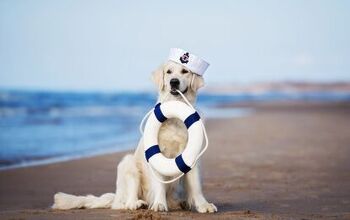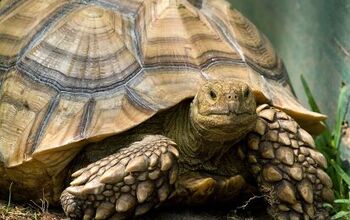Humans Are Getting Their Pets Sick – Here's What You Need To Know

Zoonosis are diseases that can be transmitted from other vertebrate animals to humans, such as rabies or Lyme disease, and has been around ever since we started domesticating animals. However, recent studies reveal that a new and lesser-known form of zoonose is becoming increasingly common: the reverse zoonose. This is the latest phenomenon, where disease can be transmitted from humans to their pets.
Dr. Benjamin Anderson from the University of Florida was amongst the first to warn about the increase of reverse zoonoses. He said that more attention should be paid to disease transmission “in the opposite direction”, and that both pets and their owners can be threatened by it, especially when sharing close quarters with one another.
“We’re starting to see a lot of examples of reverse zoonosis. Pets are more susceptible than, maybe, we previously thought,” he said. “Typically, the viruses that I will have as a human are not going to fit into the receptors that a dog or cat has.”
This means that reverse zoonoses typically appear when a pathogen in humans mutates and then adapts to a new animal host. In the past, however, it was much rarer for this to happen, because humans and animals have a totally different biology.
But now, the viruses like coronavirus or influenza have a much higher chance of cross-species transmission. This is mainly due to their RNA-based genetic material, which is more likely to mutate or have replication errors. According to Dr. Anderson, there are several diseases that have been documented to transmit from humans to their pets. These include COVID-19, tuberculosis, swine flu, dengue, human-norovirus, and other viral, fungal, parasitic, and bacterial infections.
To make matters worse, the highest chances for this to happen is with pets such as dogs, cats, horses, and ferrets, as they have the most genetic similarity to humans, being mammals.
“We have to first ask how the pathogen gets into those animals in the first place,” said Dr. Anderson for Phys.org. “The pathogen doesn’t develop out of thin air in animals before suddenly spilling over into humans. While pathogens certainly can move from animals to other animals and can be picked up from the environment, exposure to humans also plays an important role. It’s this constant back and forth exchange that happens over time, increasing the probability of a mutation taking place that allows the pathogen to infect a new host.”
Dr. Anderson also noted the difficulty in tracking reverse zoonoses, as it is a big challenge to link the transmission of diseases between humans and animals. Because of this, Dr. Anderson advises pet owners to be cautious around pets, particularly if they are sick with communicable diseases, like COVID-19 or the flu. Maintain good hygiene around your pets, and avoid direct contact.

A proud mama to seven dogs and ten cats, Angela spends her days writing for her fellow pet parents and pampering her furballs, all of whom are rescues. When she's not gushing over her adorable cats or playing with her dogs, she can be found curled up with a good fantasy book.
More by Angela Vuckovic























